In the heart of Alexandria’s old streets, specifically on Sultan Hussein Street, stands a unique heritage building, the palace of English businessman Oswald Viny, which is about to begin a new chapter in its history.
The Egyptian Ministry of Culture has announced that the building will be converted into an art center and museum under the supervision of the Fine Arts Sector, in cooperation with the National Bank, the owner of the property, which has been keen to preserve and restore it in a manner befitting its architectural and historical value.
Vigny: the merchant who carved his name on the city walls
Dr. Ali Saeed, general manager of the art centers in the visual arts sector and supervisor of the project in Alexandria, explained that the building will be one of the centers affiliated with the visual arts sector. However, the project is still in the preparatory stage, and an artistic management team from the sector responsible for managing the building has not yet been formed.
He pointed out that the visual arts sector includes two types of exhibitions: museums and exhibition halls. Museums are dedicated to permanent exhibitions, while exhibition halls host temporary exhibitions by one or more artists for a limited period of time. He added that the idea of exhibiting in this building will be different. It will host temporary museum exhibitions, meaning that an exhibition lasting up to a year may be held there, so it is necessary to prepare it well to display it in a different way, which we call a “temporary museum.”
He continued: “We are currently working on preparing a research art exhibition that embodies the cosmopolitan city of Alexandria during the historical period in which ”Fini” lived. It includes paintings, sculptures, photographs, and historical context, through which we tell the story of Alexandria during one of its most important historical periods.
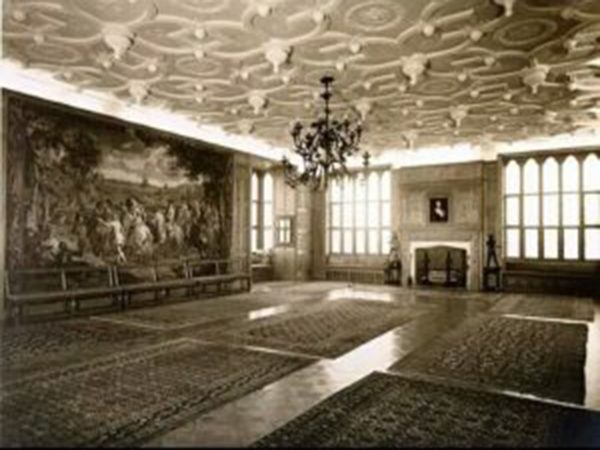
From residence to exhibition… a functional transformation that respects identity
Dr. Islam Assem, former head of the Tourist Guides Syndicate and professor of modern and contemporary history, says that the conversion of the “Vini” palace into an art and history exhibition center is a very important step and a cultural addition to the city of Alexandria.
Assem adds in statements to Bab Masr – Bahri that the importance of this building lies in its expression of the cosmopolitan architecture of this period in Alexandria’s history. The palace depicts how the ancient city of Alexandria was multi-ethnic, bringing together different cultures and nationalities living in harmony with one another.
He emphasized that the palace historically belonged to one of the most prominent and important cotton merchants in Egypt, if not the largest, the Englishman “Ozeld Fini.” He made the palace his residence, and the decorations inside are among the most beautiful, starting with the floors, for which he chose stones from different parts of the world.The ceilings are magnificent, the walls are wooden, and there are Greek and Roman statues inside the building. The property has four floors and a beautifully designed roof.
Assem invites other institutions to follow suit. When the National Bank found itself in possession of this precious gem, it decided to collaborate with the Egyptian Ministry of Culture to turn it into a cultural and artistic exhibition center in Alexandria.
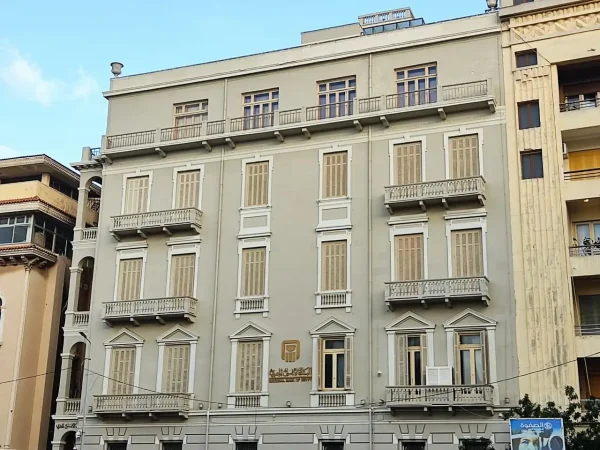
Between decorations and marble… an architectural masterpiece from the inside
Dr. Islam Asim, who is involved in developing the historical concept for the project, believes that this building will be a new cultural center that reflects both the artistic and historical aspects of the city. He adds that the center will include an exhibition of all the art schools that have existed in Alexandria since its inception.
He emphasizes that part of the exhibition will be dedicated to the history of the prominent businessman Azould Fini himself, as well as the history of the building and the events it has witnessed over the years. The center will host cultural events, meetings, and seminars.
He adds: “We are currently in the initial stages of preparing the project, and I expect it to have a significant impact on domestic and foreign tourism. It highlights the historical and cultural aspects of Alexandria and the prominent English figure Viny throughout the city’s history. Viny also left his mark on the history of Cairo’s architecture.”
Assem describes the current state of the palace, saying, “The building is currently in excellent condition, and its current owner has spent a lot of money to preserve every part of the building and restore it to the highest standard. This is because he is well aware of the historical and architectural importance and value of the palace.”
Regarding the timing of the completion of the project and the opening date of the palace as an art exhibition and museum center open to the public, Assem said that all parties involved in the project are working actively and diligently. Assem said that all parties involved in the project are working actively and tirelessly. Work is currently underway on the coordination phase, which will determine the project’s timeline, what will be on display to the public, the tour routes inside the palace, and the nature and dates of various cultural and artistic activities and events.
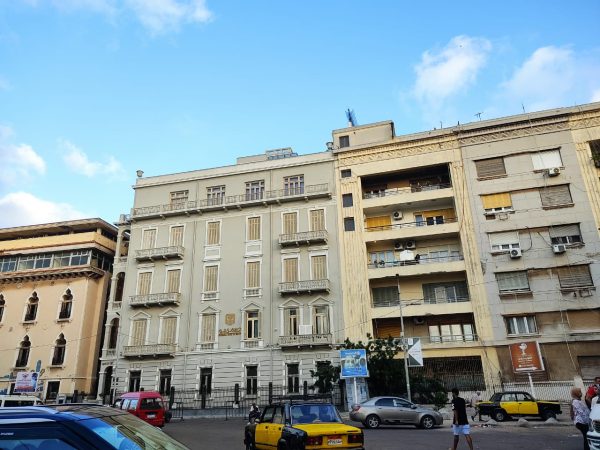
Azould Vini Palace: an experience worth repeating
According to architect Magdy Sabbagh, a specialist in architectural heritage, the Vini Palace is located on one of the side streets off Sultan Hussein Street in the heart of Alexandria. It was designed by the famous French architect Jean Saine in 1907. It is considered one of the most important heritage buildings in the history of Alexandria and is listed in the heritage register, which is dedicated to preserving buildings of architectural and historical value in the governorate.
Azould Fini was one of the richest businessmen in Egypt and the largest cotton merchant. He served as British commercial attaché to Egypt and Africa and was also director of the Cotton Exchange. He lived in this palace, which is distinguished by its interior design more than its exterior. The ground floor has a swimming pool, which the current owner of the building uses for various purposes.
He continues: “The rooms on the upper floors of the palace each had a different design. Different types of marble collected from various places around the world were used in each of them. The interior of the palace is an architectural masterpiece in itself, not to mention its valuable contents.“
He points out that the palace contained a collection of statues and a watchtower built by ”Fini” to monitor his commercial ships entering and leaving the port of Alexandria.
Towards a world-class cultural center
Engineer Magdy Sabbagh, after the conversion of the Venetian Palace into a museum and art exhibition venue, calls for the same model to be applied to many other beautiful and historic sites in the city of Alexandria.
They can be converted into cultural and historical sites instead of being closed and neglected. He described this experience as unique and befitting the city of Alexandria.
He pointed out that next to the Sultan Hussein building, Azould Fini also built two adjacent buildings to house his companies’ offices. These two buildings are also registered on the city’s list of heritage buildings. However, it is noticeable that the current owners of these two properties have not preserved these heritage properties in a way that preserves their aesthetic and historical form, as the owners of the Vini Palace have done.

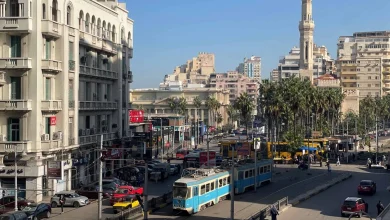
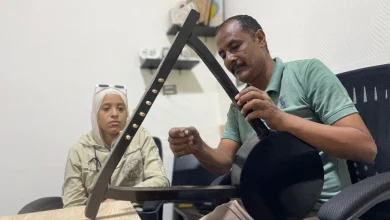
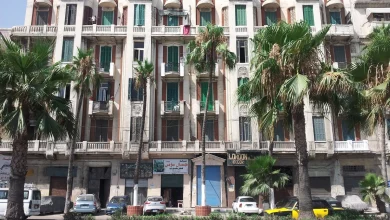
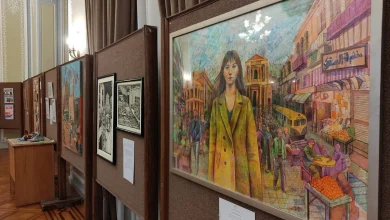
Hi, this is a comment.
To get started with moderating, editing, and deleting comments, please visit the Comments screen in the dashboard.
Reading this is like listening to a familiar story retold with nuance. Recognition and novelty coexist, evoking both memory and fresh perspective simultaneously.
Can you be more specific about the content of your article? After reading it, I still have some doubts. Hope you can help me.
Thanks for sharing. I read many of your blog posts, cool, your blog is very good.
Thanks for sharing. I read many of your blog posts, cool, your blog is very good. https://accounts.binance.info/register-person?ref=IXBIAFVY
Thank you for your sharing. I am worried that I lack creative ideas. It is your article that makes me full of hope. Thank you. But, I have a question, can you help me?
I don’t think the title of your article matches the content lol. Just kidding, mainly because I had some doubts after reading the article.
Your article helped me a lot, is there any more related content? Thanks! https://accounts.binance.info/zh-TC/register?ref=DCKLL1YD
Can you be more specific about the content of your article? After reading it, I still have some doubts. Hope you can help me. https://accounts.binance.info/ar/register-person?ref=PORL8W0Z